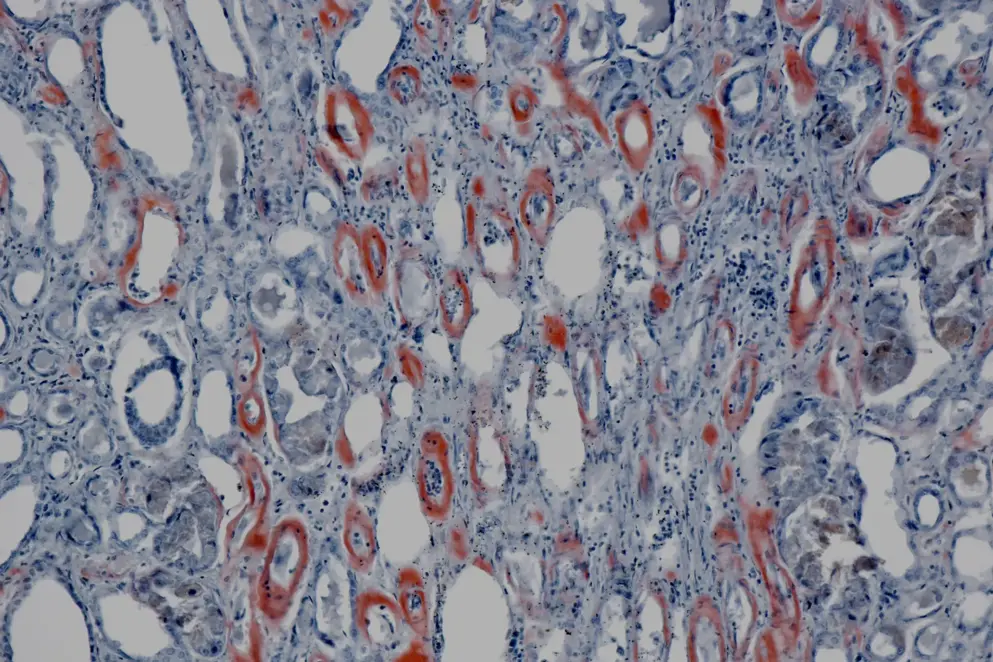
Improving outcomes in AL amyloidosis
Transcript: Data on emerging therapies
Professor Stefano Perlini
All transcripts are created from interview footage and directly reflect the content of the interview at the time. The content is that of the speaker and is not adjusted by Medthority.
If we turn on treatment, there were several novelties trying to cover the so-called unmet need in treatment of amyloid. Up to now, we have a huge amount of data related to the possibility of switching off the plasma cell clone. Yet, we have a bad problem, a huge problem, in the patients who are starting this treatment, because there is a time lag between this treatment and their effectiveness. In that time, especially for the most severe patients, some new possibilities are arising, namely the possibility of disrupting the deposit of eliminate the soluble light chains that, as we know, are very important in the disease itself and in the possibility of removing it and also removing AL deposits from the tissues. This is mainly done with several monoclonal antibody approach and this is now growing up as a real new possibility. In other hands, maybe chemotherapy or even bone marrow transplantation is very important to take out the clone, but in the meantime, during the weeks or the months before the treatment is effective in cancelling the clone, we need to remove what is around. We need to try to clean up.
In this congress, several trials were shown to have at least preliminary results in how important it is to target this, especially in the so-called grade 3 or grade 3B patients who are the patients who are in the most severe complications and situations. It is a shame to have several deaths during the first weeks of treatment, and you really have the impression that you didn't give the proper time to the therapy to work. But now that we can try to clean up and to remove the toxic oligomers or even the deposits by specifically targeting them, this can be really the future of treatment of this terrible disease. To sum up, there are several unmet needs in clinical and therapeutic evaluation. As far as therapy is concerned, we now have an incredible amount of data in the different therapies, able to clean up the clone and to remove the plasma cell-producing clone. Yet we have to work on another aspect that is to remove the oligomers and to remove deposits. Several news came out with several monoclonal antibodies during this meeting, and I am sure that in the future, we'll see many other good news for our patients.
Updates in your area
of interest
of interest
Articles your peers
are looking at
are looking at
Bookmarks
saved
saved
Days to your
next event
next event

